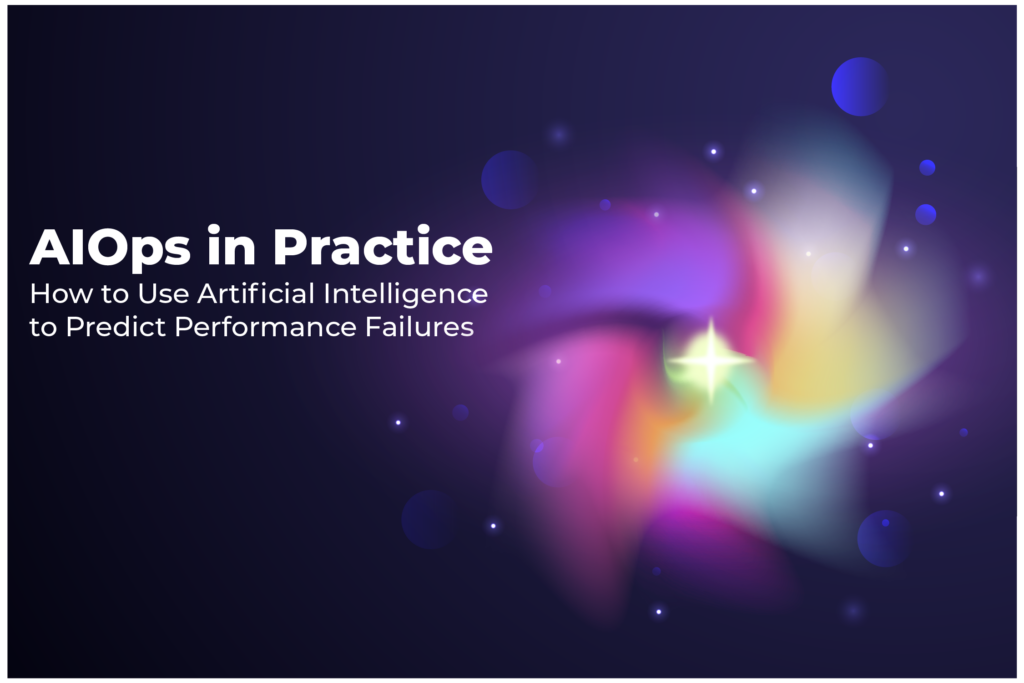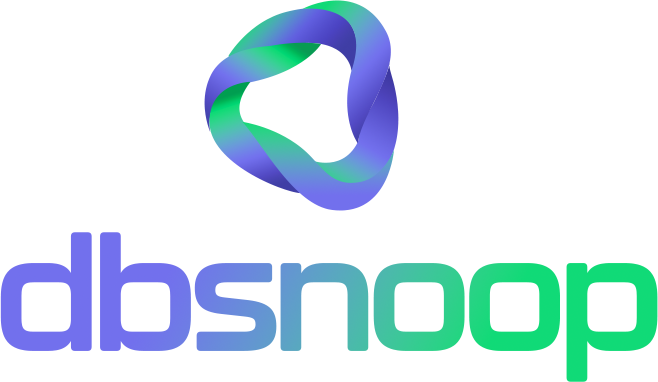

For decades, the backbone of system monitoring has been the static threshold alert. A rule, manually defined by an engineer, that says: IF CPUUtilization > 80% THEN ALERT. This approach, while simple, is fundamentally flawed for the complexity of modern distributed systems. It is “dumb.” It has no context. It doesn’t know that a 90% CPU spike at 2 a.m. is perfectly normal because that’s when the backup job runs, resulting in a false positive alert that generates fatigue and complacency in the team.
Even worse, it doesn’t know that an increase from 5% to 30% in the CPU utilization of a critical authentication service, although well below the 80% threshold, represents a 600% performance regression that is silently degrading the user experience—a dangerous false negative. This failure of traditional monitoring to understand context is the reason why SRE teams live in a state of reactive firefighting. AIOps (Artificial Intelligence for IT Operations) emerges as the solution to this problem.
It is not a vague buzzword, but a practical application of machine learning to transform monitoring from a reactive alarm system into an intelligent prediction system. This article technically details how AIOps works in practice to predict performance failures, dissecting the mechanisms of baselining, anomaly detection, and causal analysis.
The Fundamental Flaw of Alerts
Before diving into AIOps, it is crucial to understand why the method we have used for twenty years is no longer sufficient. Threshold-based monitoring fails in two main scenarios:
It Generates False Positives (Alert Fatigue): Every system has seasonal load patterns. The traffic of an e-commerce site is different at 3 p.m. and at 3 a.m. A B2B platform has a usage peak on Monday mornings and is almost idle on weekends. A static CPU threshold of 80% does not respect this seasonality. It will trigger every time a legitimate, heavy batch process is executed, or during the normal traffic peaks of the business. When engineers are flooded with alerts that do not represent real problems, they develop “alert fatigue.” They start to ignore the notifications, and when a genuinely critical alert appears, it gets lost in the noise.
It Generates False Negatives (Silent Failures): This is the most dangerous scenario. A subtle but significant performance regression can go completely unnoticed. Imagine a login query that normally executes in 10ms. After a deployment, it now executes in 60ms. For the user, the difference is imperceptible, but for the database, the load generated by this query has increased by 6x. The overall CPU utilization of the database might rise from 20% to 45%. No 80% alert will be triggered. The SRE team has no indication that a problem has been introduced. This silent failure accumulates as technical debt, and the team only discovers its existence weeks later when, under a traffic spike, the system that previously handled the load now collapses, causing a massive outage. The static threshold failed to detect the root cause when it was introduced.
This inability to understand what is “normal” for a given moment is the problem that AIOps was designed to solve.
The 3 Pillars of AIOps for Predictive Performance
AIOps is not a single technology, but an approach that combines machine learning, big data, and automation. In the practice of database performance, it manifests in three main capabilities that work together.

Pillar 1: Establishing Dynamic Baselines (Learning What is Normal)
The first and most fundamental step of AIOps is to learn the natural rhythm of your system. A platform like dbsnOOp continuously ingests hundreds of time-series metrics from your database: DB Time, latency per query, execution count, logical reads, and so on.
- How It Works: Instead of comparing these metrics to a fixed number, the machine learning model analyzes historical data to learn the patterns. It identifies the seasonality:
- Intraday Patterns: The load is always higher between 2 p.m. and 4 p.m. and lower in the early morning.
- Weekly Patterns: The load on Tuesdays is consistently 20% higher than on Fridays.
- Monthly Patterns: The load increases in the last week of the month due to billing processes.
- The Result: Based on these patterns, the model builds a “dynamic baseline” for each metric. This is not a line, but a “band” or “corridor” of expected behavior. The system now knows that, for the get_user_session query, a latency between 15ms and 25ms on a Monday at 10 a.m. is normal. It also knows that a latency of 12ms on a Saturday night is the expected behavior. The concept of “normal” ceases to be a static number and becomes a statistical model that understands the context of time and business.
Pillar 2: Anomaly Detection (Identifying Strange Behavior)
Once the system has learned what is normal, it becomes extremely effective at detecting what is not. An anomaly is not simply a “high” value; it is a value that deviates significantly from its predicted dynamic baseline for that exact moment.
- How It Works: The platform continuously compares the current value of each metric with the “band” of normality predicted by the ML model. When a metric goes outside this band, an anomaly is recorded.
- The Result in Practice:
- False Positive Scenario (Resolved): The backup job starts at 2 a.m. and the CPU goes to 90%. The AIOps model has learned that this spike is a recurring pattern for this time. The 90% value is within the predicted band of normality for 2 a.m. No alert is generated. Alert fatigue is eliminated.
- False Negative Scenario (Resolved): After the deployment, the login query that took 10ms now takes 60ms. The overall CPU utilization rises from 20% to 45% at 3 p.m. on a Wednesday. The model knows that, for this time, the expected CPU utilization is between 15% and 25%. The 45% value is far outside the predicted band. An anomaly is detected and an intelligent alert is generated. The silent failure is captured the moment it happens.
This mechanism is infinitely more intelligent and sensitive than a static threshold, allowing SRE teams to focus only on deviations that represent real problems.
Pillar 3: Causal Analysis and Event Correlation (Answering the “Why?”)
Detecting an anomaly is only half the battle. Knowing that CPUUtilization is anomalously high is useful, but the real value is in knowing why. This is the step that most monitoring tools cannot take, and where AIOps truly shines.
- How It Works: An advanced observability platform does not analyze each metric in isolation. It analyzes them together. When a primary anomaly is detected (e.g., an anomalous spike in DB Time), the AIOps system looks for other anomalies that occurred at the exact same time throughout the system.
- An Example of Causal Analysis:
- Primary Anomaly: dbsnOOp detects an anomalous deviation in DB Time at 2:05 p.m.
- Automatic Correlation: The system scans other metrics and events and finds perfect correlations in time:
- An anomalous increase in the average latency of the get_customer_orders query.
- An anomalous change in the execution plan of that same query (from an Index Seek to an Index Scan).
- A deployment event recorded by the CI/CD pipeline at 2:02 p.m.
- The Generated Insight: The platform does not send a vague alert like “DB Time is high.” It sends an intelligent and contextualized alert: “Anomaly detected: Database load (DB Time) has increased 200% above normal. The likely root cause is a performance regression in the get_customer_orders query, whose execution plan changed after the ‘release-v2.5’ deployment.”
This level of analysis reduces the Mean Time To Diagnosis (MTTD) from hours to seconds. It eliminates the need for manual investigation and points the SRE and development team to exactly where the problem is and what caused it.
The Next Level
The true promise of AIOps is to go beyond real-time detection and enter the domain of prediction.
Trend Analysis and Forecasting: The same ML model that learns seasonality can be used to analyze long-term trends. The system can detect that the latency of a critical query is increasing by an average of 2% each week. Although the current value is still within the SLOs, the model can extrapolate this trend and predict that, in 6 weeks, the latency will violate the alert threshold. This gives the engineering team weeks of advance notice to optimize the query in a planned manner, instead of being woken up in the middle of the night when the problem finally becomes a crisis.
Resource Saturation Prediction: Similarly, by analyzing the growth trend of DB Time and I/O consumption in relation to data growth, the platform can predict when the current instance will reach its saturation point. This allows for proactive and budgeted capacity planning, instead of a reactive and expensive emergency upgrade.
From Reactive Engineer to Predictive Engineer
AIOps is not about replacing engineers with artificial intelligence. It is about empowering engineers, giving them superpowers. It is about freeing them from the tyranny of static alerts and the fatigue of reactive firefighting. By adopting an approach that learns normal behavior, detects anomalies with context, and correlates events to find the root cause, SRE teams can fundamentally change their posture. They cease to be teams that react to failures and become teams that prevent failures.
They spend less time in “war rooms” and more time on automation and improvement engineering. Artificial intelligence, applied practically, is not the end of operations engineering; it is the beginning of a new era of predictive reliability engineering.
Want to transform your operation from reactive to predictive? Schedule a meeting with our specialist or watch a live demo!
To schedule a conversation with one of our specialists, visit our website. If you prefer to see the tool in action, watch a free demo. Stay up to date with our tips and news by following our YouTube channel and our LinkedIn page.
Schedule a demo here.
Learn more about dbsnOOp!
Learn about database monitoring with advanced tools here.
Visit our YouTube channel to learn about the platform and watch tutorials.

Recommended Reading
- The dbsnOOp Step-by-Step: From a Slow Database Environment to an Agile, High-Performance Operation: This article serves as a comprehensive guide that connects observability to operational agility. It details how to transform data management from a reactive bottleneck into a high-performance pillar, aligned with DevOps and SRE practices.
- Why relying only on monitoring is risky without a technical assessment: Explore the critical difference between passive monitoring, which only observes symptoms, and a deep technical assessment, which investigates the root cause of problems. The text addresses the risks of operating with a false sense of security based solely on monitoring dashboards.
- 3 failures that only appear at night (and how to avoid them): Focused on one of the most critical times for SRE teams, this article discusses the performance and stability problems that manifest during batch processes and low-latency peaks, and how proactive analysis can prevent nighttime crises.

